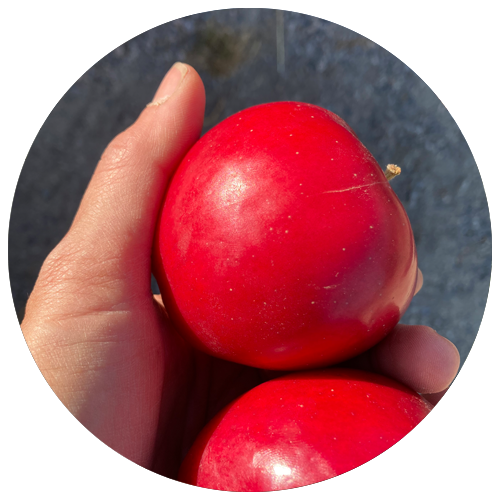Meet the family

Creek & Gully Cider is only one part of the Simonsen-Salting family farm—Northern Lights Orchard.
Peter Simonsen and Cyndie Salting are the elders of this little enterprise. The two have been farming together since 1981. Like most businesses, and definitely like every farm, you go through changes, and sometimes you have to change with the land. From 1981-1984 Peter and Cyndie ran a small ground crop farm on the Lulu Island and then again from 1984-1987 on the Sannich Peninsula. It wasn’t until 1987 when the two moved to the Languedoc Road farm in North Naramata that is still the family’s main farm plot today. Cyndie, whose family has a history of farming in Naramata—dating back to late 19th century—never thought she would return to the town she grew up in to farm.
But they’re still here! In 1996 they became certified organic orchardists.
These days you’ll see their kids, Anders and Annelise—fifth generation on farm from the Salting side—and Kaleigh and Kevin, their respective partners at work both on the farm and in the cidery. You might also see some wild redhaired kids, Anders and Kaleigh’s children, Peter and Cyndie’s grandchildren, who may very well one day be the sixth generation on farm.

2018: Annelise and Kaleigh start C&G
In 2018 Annelise Simonsen and Kaleigh Jorgensen develop the idea for Creek & Gully. The motivation of which is how to best support and grow the family farm into the future. The idea: take some of the food waste the farm experiences and repurpose it.
The Simonsen-Saltings farm 55 acres of Certified Organic apples for food. For people to eat! At the cidery we process only what cannot be sold on the fresh fruit market. Apples that have been deemed unsuitable for sale because of size, blemish or colour. On average the cidery recieves only 10% of the apples we grow in a year.
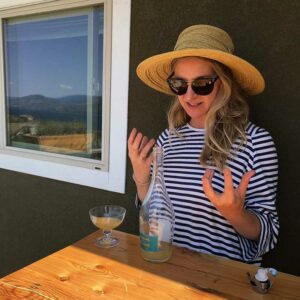

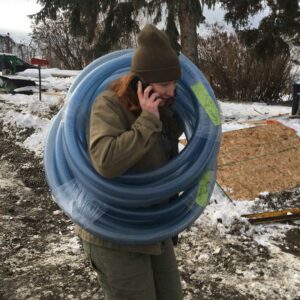
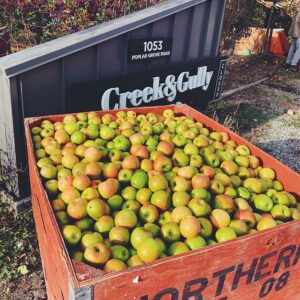
what we talk about when we talk about waste?
If we accept that agricultural knowledges throughout which commodity systems are imagined and acted upon are fragmentary, multiple, contradictory, and often downright hypocritical, and if we accept—which we do!—that organic farming is an alternative approach to agriculture and a particular social and environmental praxis. What does that mean to inidividual farmers and farms? What does that mean in practice? The question is not just how food is grown, but how it is known, and how it is known in all the systems it is a part of.
The Simonsen-Salting farm currently produces, on average, a million pounds of apples a year. This would be an ideal year with no environmental damage to the crop, like a hail, or a blight. This would be a year where every apple grown would be deemed acceptable to and desired by the market. A farmer can lose their entire crop to environmental damages in a year. That’s agriculture. With the cidery, we are able to use this fruit despite it being unsuitable for sale. Blemished, bruised and blighted fruit can be juiced. Juice and cider do not need picture perfect fruit.
In addition to environmental damages though, every year, on average, the Simonsen-Salting farm could potentially lose sales of up to 30% of their crop because their crop is considered non-commercial. That‘s the business of agriculture.
We have always found an alternative market space for this fruit and Creek & Gully is another way for us to ensure that no fruit falls to the ground. Literally and figuratively. Non-commercial fruit is fruit the market just wont take, mostly due to variety demand. Apples go through market trends—certain apple varities are in demand, while others’ demands can wain. And, of course, digging up trees to plant new ones can be equally, if not more, wasteful. It can take, on average, 5 years for an apple tree to fruit, and 20 years for a variety to be desired by the market—though in that same time period an apple variety could just as easily become undesired.
Plus we have some apples trees that we planted in 1912! They‘re beautiful and we’d like to keep them.
This is what we talk about when we talk about waste. We are trying to take this potential loss and do something with it. This is what we are trying to bring into our practice on the farm and into our future here in this place.
Do you want to get in touch?
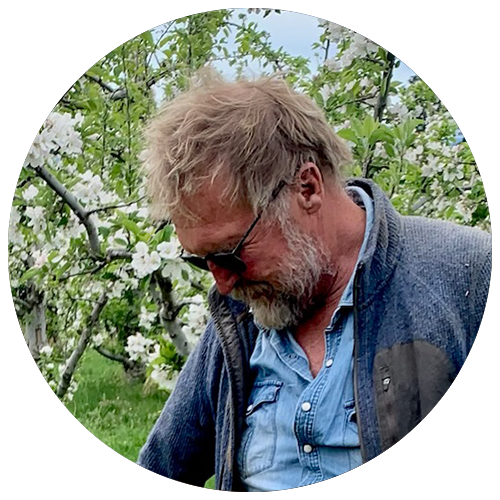
For the farm
Peter Simonsen
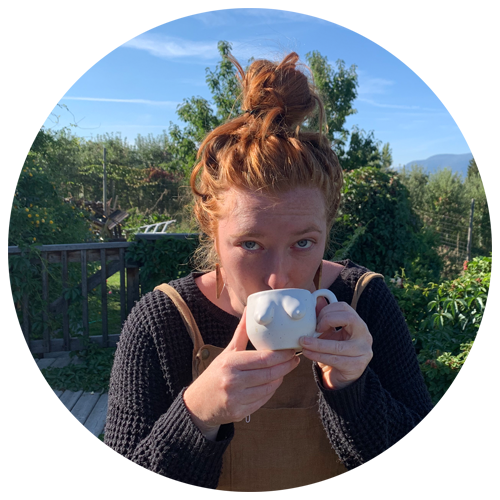
For general management
Annelise Simonsen
